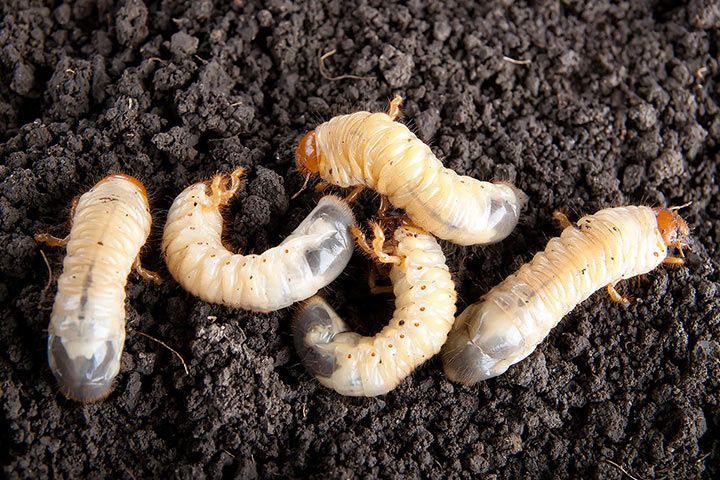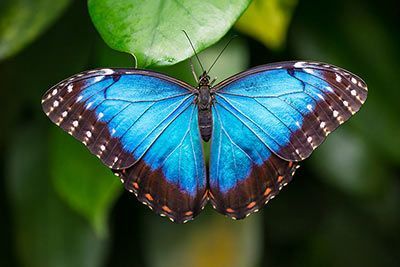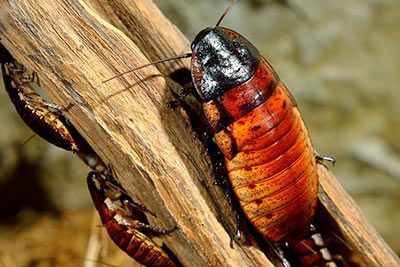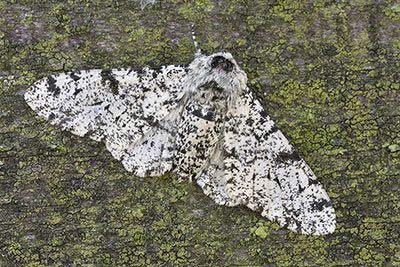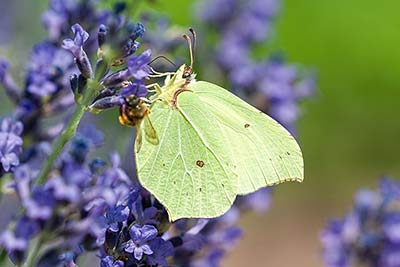May Bug
May Bug / Cockchafer Facts
| Size | 0.9-1.1 in (25-30 mm) |
| Speed | Up to 5 mph (8 km/h) |
| Weight | 0.01-0.03 oz (0.4-0.9 g) |
| Lifespan | 3-4 years (larvae), 4-6 weeks (beetle) |
| Food | Leaves, roots, tubers |
| Predators | Birds, wild boars, hedgehogs, martens |
| Habitat | Europe |
| Order | Beetles |
| Family | Scarabs |
| Scientific name | Melolontha |
| Characteristics | Appears in swarms every 3 - 4 years |
Main Characteristics
May bugs are large beetles with fan-like antennae and a reddish-brown carapace. They are diurnal and can fly. They're also called cockchafer or maybeetle.
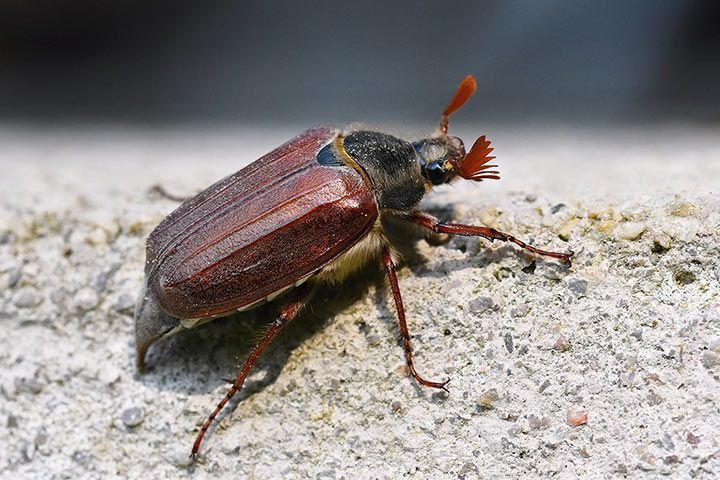
Behavior
When Do You See May Bugs?
It’s all in the name. May bugs are seen on warm evenings in May. But you can also see them whirring around in July. Well ... you’ll hear them before you see them. That’s why they’re also called “doodle bugs”.
Diet
What do may bugs eat? The beetles mainly feed on leaves from deciduous trees. Their larvae feed on plant roots underground.
Importance to the Ecosystem
Are may bugs pests? No. May bugs aren't considered pests as long as there aren't large numbers of them. Then they would eat too many leaves. In any case, their larvae are regarded as pests because they eat plant roots.
Fun Facts
May Bugs on the Stand
In the Middle Ages, there was no way of combating pests. People didn’t know how to deal with their situation, so took the may bugs to court in France in 1320. The judge ordered that they must leave within three days. Otherwise, they would be outlaws. Because the may bugs obviously didn’t understand the court’s orders, they were collected and killed. People even made soup from them or sold them as sweetened treats.
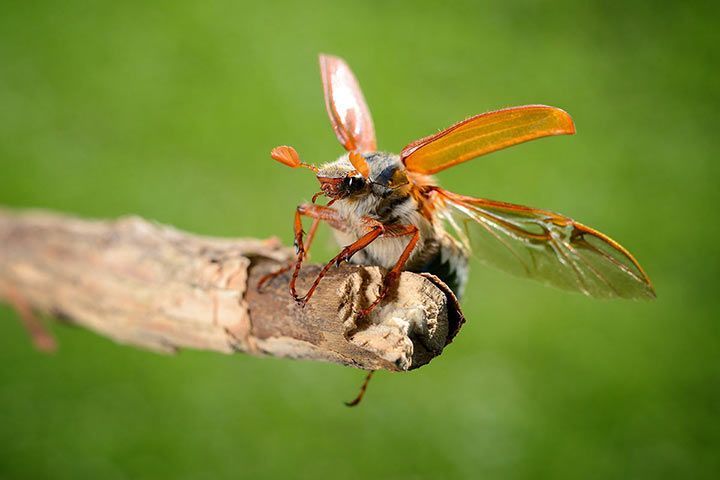
From here you find infos written by animalfunfacts fan Neele!
 Life Cycle
Life Cycle
May bugs spend most of their time underground as larvae. These are called grubs. After three to four years, they emerge from the ground and mate as beetles. They die after four to six weeks. This cycle means that a lot of may bugs emerge from the ground every four years. Every 30-45 years, so many may bugs come out from the ground that you could almost call it a plague. Nobody is sure why. During one such plague in 1911, around 22 million may bugs were found in an area measuring around 4,446 acres (1,800 hectares).
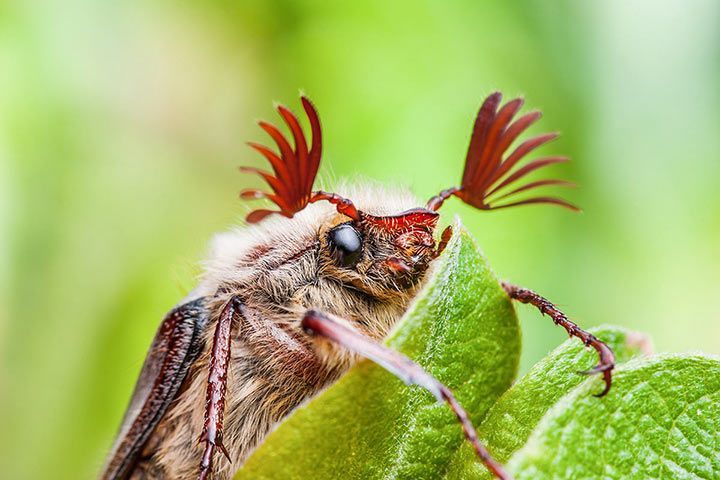
Species
May bugs are part of the scarab beetle family. There are three kinds in Central Europe alone. But how can you tell the difference? It’s hard to spot any differences at first glance. But when you look closer, you can see that the tip of the abdomen is different in males and females and in different types. Otherwise, males and females also have different feeler lengths. The males have larger feelers.
These facts were submitted by animalfunfacts.net fan Neele.
